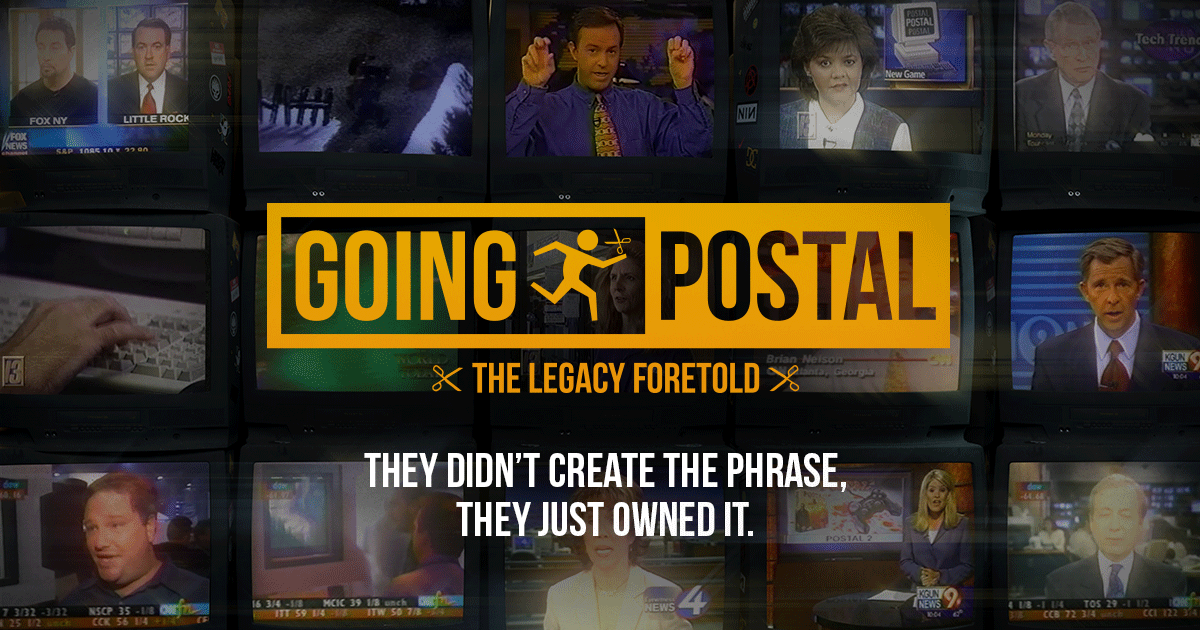
It introduced an interesting game of bluff and counter-bluff with other human players and was still playable around one computer with one keyboard. If you summoned as an illusion it was guaranteed to succeed, otherwise it was a percentage chance, but the other wizards could ‘disbelieve’ it. I was pretty faithful to the original board game, but one thing I added, which could only have been done on a computer, was the idea that creatures could be summoned as illusions or real. The really nice thing was that this allowed players to play semi-cooperatively versus the AI before they fought each other to be the final victor. You could have up to eight wizards in the game I primarily saw it as a multiplayer game in which all of them could be AI-controlled.

It was the third game I programmed entirely by myself, but the first I coded purely in assembly language, and the first with artificial intelligence, so it was a big step up for me. That was before home computers existed, so when I got my ZX Spectrum one of the games I really wanted to implement was Chaos. It was basically a card game with static wizards, so I thought, ‘Well, I’m going to make a better game than this.’ The real innovation that I was so pleased I came up with was that when you summoned creatures from your hand of cards, you actually placed the card on the board and then moved it around like a playing piece. "I originally designed Chaos as a board game after seeing some of my friends at school playing a Games Workshop game called Warlock. It’s a tactical combat system that I continued to refine over time as my skills improved." It’s true to say that Rebelstar Raiders was the beginning of a long line of games that resulted in X-COM and now ultimately Phoenix Point. And I wanted to refine the explosions and destructibility of terrain, because modifying the game’s environment through the effects of battle was, I felt, very important. These things were important parts of the overall mechanics in Squad Leader, and they weren’t just about physical destruction but how well your troops performed under pressure. I wanted more sophisticated rules relating to wounding and morale and stamina and stuff. I also wanted inventory management, so your soldiers could use different types of equipment, especially grenades. The player had to plot exactly where they were going to wait, predicting what their opponent was doing rather than just reacting to them. It was a core mechanic in the board game Sniper, and made it really interesting because it adds an element of anticipation. I wanted opportunity fire, or overwatch as it’s commonly called now. Julian GollopĪs I made Rebelstar Raiders I thought of a number of things I wanted to add to my tactical combat system. Rebelstar Raiders was the beginning of a long line of games that resulted in X-COM. There was clearly an audience for that style of game, even though it was twoplayer only and included only three maps. They were producing adaptations of board games, like Apocalypse for Games Workshop, and Rebelstar Raiders sold very well for them, compared with their other games. I was working with a group of friends who had a company called Red Shift.
GOING POSTAL THE GAME CREATORS CODE
A friend who was an expert in machine code wrote a little bit of code for me called Zap, and with it I could draw a line between two pixel positions and define what it hit at the end. I wanted a line of pixels to extend and shoot the enemy with a bit of randomness.


The thing I needed was a shooting algorithm. Rebelstar Raiders had a one-screen map and each soldier was a single little character that moved in 8x8-pixel character jumps. I thought it’d be great for a computer to do this instead of having to calculate it by hand, but I was not the best programmer in the world. "Rebelstar Raiders came about because I wanted to implement some of the board games that I played years earlier, like Sniper and Squad Leader, which were all about squad-based tactics and true line-of-sight shooting.


 0 kommentar(er)
0 kommentar(er)
